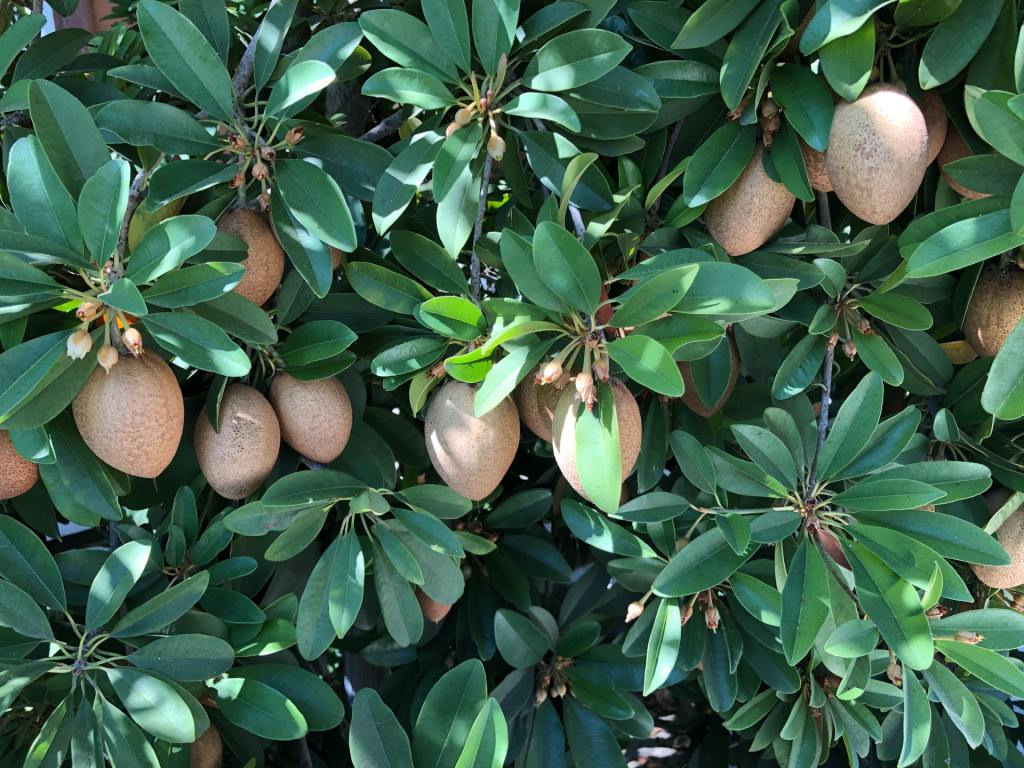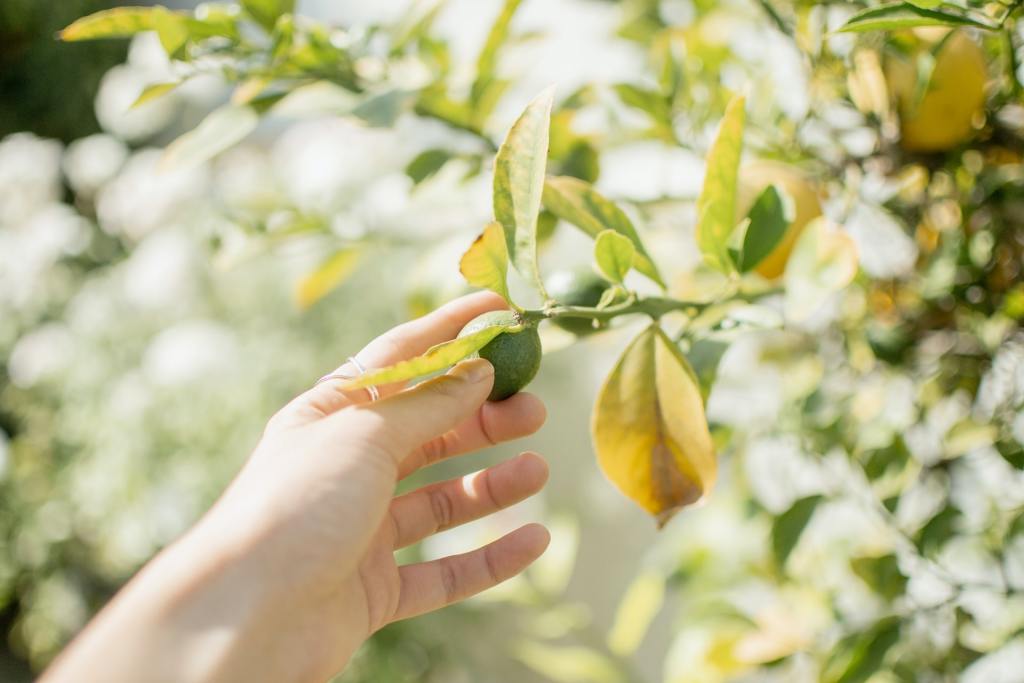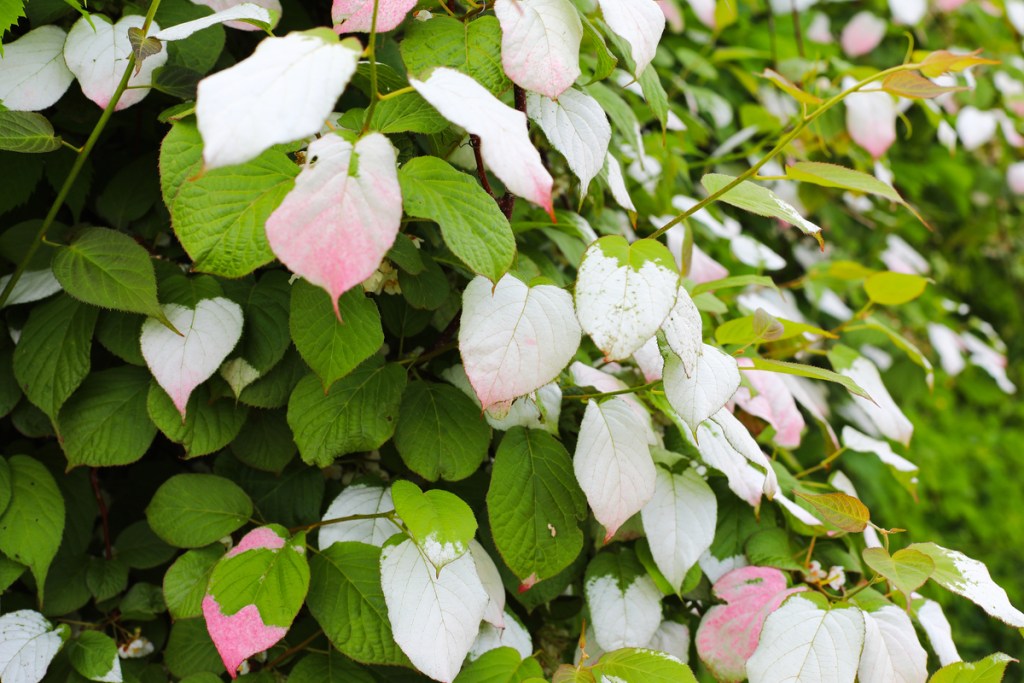Do you love your kiwi fruit and want to grow your own in your backyard? Many people are familiar with kiwis growing in places like Australia and needing subtropical conditions to thrive, but that shouldn’t stop you from trying to grow your own. There are many varieties of kiwis that can grow in almost every state. Keep reading to learn more about kiwi growing zones, which plants are right for your area, and how to care for them.

What to know about kiwis
There are 50 different varieties of kiwi plants to choose from. Many of them have uniquely colored flesh. Although several varieties are self-pollinating, many are not, so you need both female and male plants to produce fruit. The hardier varieties are smaller than the fuzzy brown kiwis we know, but you don’t have to peel the skin.
Instead, you can eat the fruit right off the plant. Once you plant and establish your new kiwi plants, they’ll start their best production around eight years old. Unfortunately, this means you have to wait that long to see the fruits of your labors — literally.
The blooms of a kiwi plant are just as lovely as the fruit itself. They are small white flowers with a fragrance similar to the lily of the valley. So while you’re patiently waiting for those yummy snacks, you can enjoy beautiful flowers in the early spring.
Which kiwi variety is best for you?
All kiwi varieties fall into four categories: arctic, hardy, fuzzy, and hairless. Some types need to grow in subtropical climates and will die in temperatures below 10 degrees Fahrenheit. However, others are hardy enough to succeed in Russia and survive and even thrive in temperatures as low as -30 degrees Fahrenheit. The ideal kiwi fruit plant for you is the one that matches your size and taste preference and can also survive in your specific USDA climate zone.
For those with shorter growing seasons and cold winters, varieties such as Ananasnaya, Dumbarton Oaks, Geneva, and Issai are excellent options. These are hardy varieties explicitly made for colder climates. While they aren’t brown and fuzzy nor as big as the kiwis we find in the store, they pack a big punch of flavor for their size, and they don’t need to be peeled before eating.
If you’re in a warmer and wetter climate, you can grow the fuzzy kiwis that we all know and love. Examples of these are the Hayward variety, which is the most commonly found kiwi in grocery stores. Meander, Saanichton 12, and Blake are also great kiwi plants for warmer zones like California.
Frigid zones like those in Vermont or Maine aren’t left out. There are arctic kiwi plants that can grow in extremely cold conditions. Arctic Beauty, Krupnopladnaya, and Pautske are Russian varieties that can withstand the harsh conditions of the northern states.

How to care for kiwi fruit plants
To figure out where on your property is best to plant a kiwi vine, look for a place with full sun. Then, space each vine about 10 to 12 feet apart to give them plenty of room to grow and expand. Be sure you have easy access to water as well. Until they are well established and have grown healthy vines and roots, kiwi fruits need plenty of water to keep them healthy.
Kiwi vines grow quickly and will need the support of a sturdy trellis or pergola to hold them up. Some varieties have been known to grow 40 feet tall! While the young plants are growing, you’ll need to train them to grow up the trellis, similar to climbing roses or grapes. It’s as easy as using string to tie the vines to your chosen support system and pruning off vines that don’t obey or grow too wild to bring them back in.
Be sure you have heavy-duty and high-quality pruning shears when growing kiwi plants. Pruning is one of the most important jobs of a kiwi grower, and it happens at least three times a year. Because they’re such prolific growers, kiwi fruits need to be pruned first when they are dormant in the winter. At this time, prune any vines that produced fruit that year or any dead or crossed vines.

The 1-year-old vines will be the ones to produce fruit for the next year, so don’t prune those off; just trim the ends until the eighth node, to keep the plant focused on producing fruit. Twice during the summer, you’ll have to prune your kiwi plant again. Look for long arching vines that extend past where the fruits are growing. These are wasting energy and will lower the number of fruits you can harvest.
As with most gardening, kiwi fruit vines prefer heavy mulch. A 3-inch layer of mulch or chopped leaves will do the trick, but be sure to keep it back from the vines about 3 inches. You don’t want to mulch right up against the vine, or else you might risk rot or other diseases.
If the fruits aren’t ripe and ready, but the weather suggests there’s a frost coming, go ahead and harvest the fruit and allow it to ripen on your kitchen counter. While this isn’t ideal, it’s better than losing an entire harvest to an early frost.
Kiwi plants are delicious and relatively easy to care for, and they’re pretty too. Learn about the kiwi plant zones so you can grow yummy food while also having a beautiful landscape. It’s a win-win!
Editors' Recommendations
- 6 tips you should keep in mind when building your own drought-tolerant garden
- Climate zone 3 plants that will thrive in cool temperatures
- Trying to beat the cold? Here are our favorite frost-resistant plants for any climate
- These are the 10 best gardening shows to stream right now
- The best vegetables to plant in November



